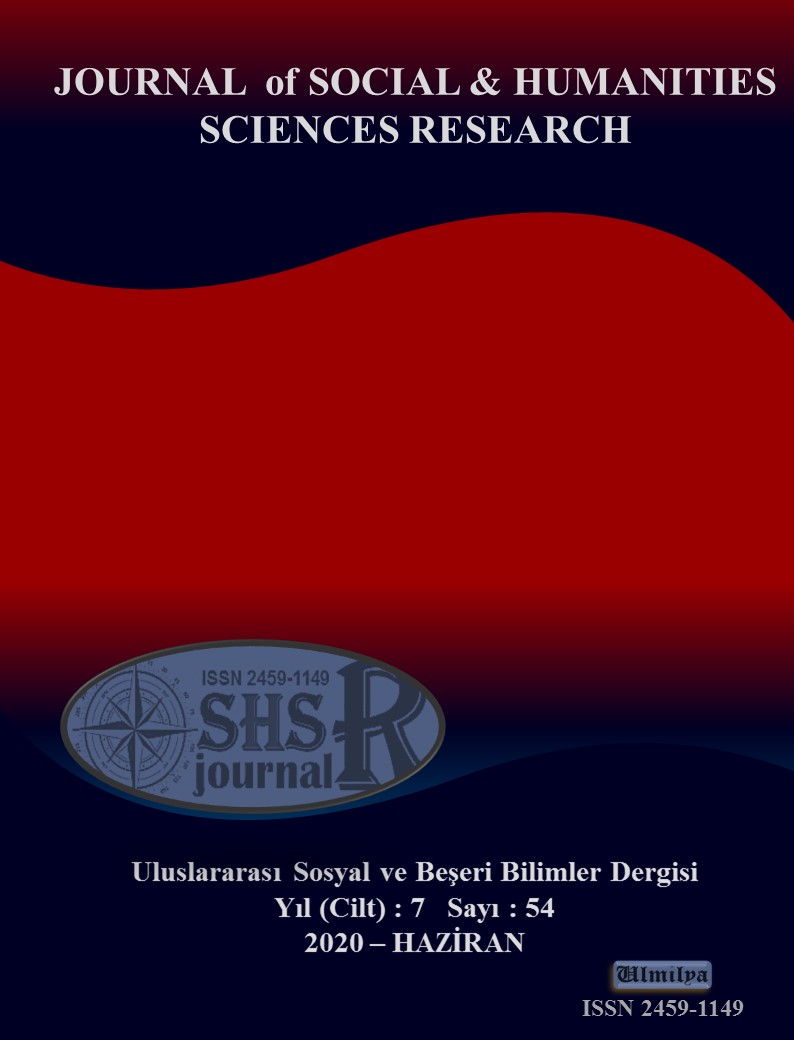INVESTIGATION OF THE RELATIONSHIP BETWEEN DIFFERENT KIND OF STRENGTH IN YOUNG FOOTBALL PLAYERS (U16)
DOI:
https://doi.org/10.26450/jshsr.1876Keywords:
Football, Strength, Static, Dynamic, Leg pressAbstract
The purpose of this research is to examine the relationship between different strength types in young footballers. A total of 31 football players, including Trabzonspor team and Trabzon Ortahisar Kanuni team players, who competed in the U16 elite league and amateur league, were included in the study on a voluntary basis. The average height of athletes are 171 ± 69 cm, the average body weight is 65.19 ± kg, the average age is 15 ± years, the average body mass index is 22 ± 09 kg / m2 and the average age of training is 6 ± 25 years. In this study, which was organized according to the quantitative research approach, experimental design research was used. In the first week, the demographic information of the sample group, the second-week maximal strength (1RM) measurements and the third-week static strength measurements were completed. In the fourth and fifth weeks, explosive power and strength endurance measurements were performed. SPSS 23 package program was used for statistical analysis of the data. As a statistical method in the evaluation of the data; Pearson Moments Product Correlation was used and significance levels were taken as 0.05 in the analysis of the data. Between maximal strength and strength in endurance, explosive power and relative strength in kg scores (p <0.01) a positive high level of significant relationship was found. In addition, a high level of positive correlation is observed between strength endurance and explosive power and relative strength kg scores (p <0.01). In addition, a significant positive correlation was found between kg points of the explosive power and kg points of the relative strength (p <0.01). On the other hand, no significant difference was found between the points of static strength sn and strength in endurance, explosive power, maximal strength and relative strength kg scores (r = .06, p> 0.05). As a result, this research will contribute to the existing literature in terms of planning the training programs specific to each type of strength of the branch and the age characteristics of the sample group
Downloads
Published
How to Cite
Issue
Section
License
Copyright (c) 2020 INTERNATIONAL JOURNAL OF SOCIAL HUMANITIES SCIENCES RESEARCH

This work is licensed under a Creative Commons Attribution 4.0 International License.


